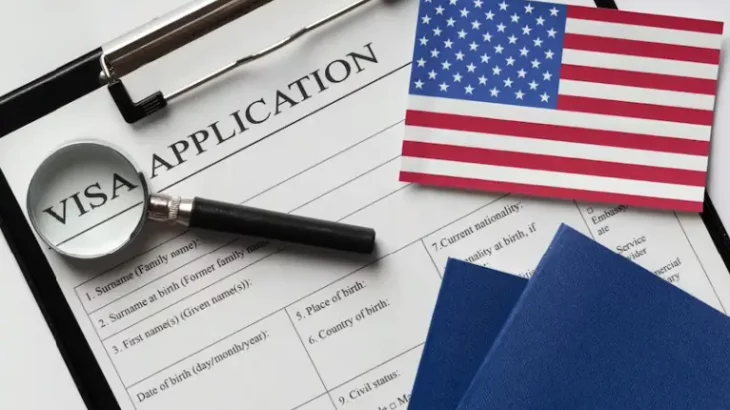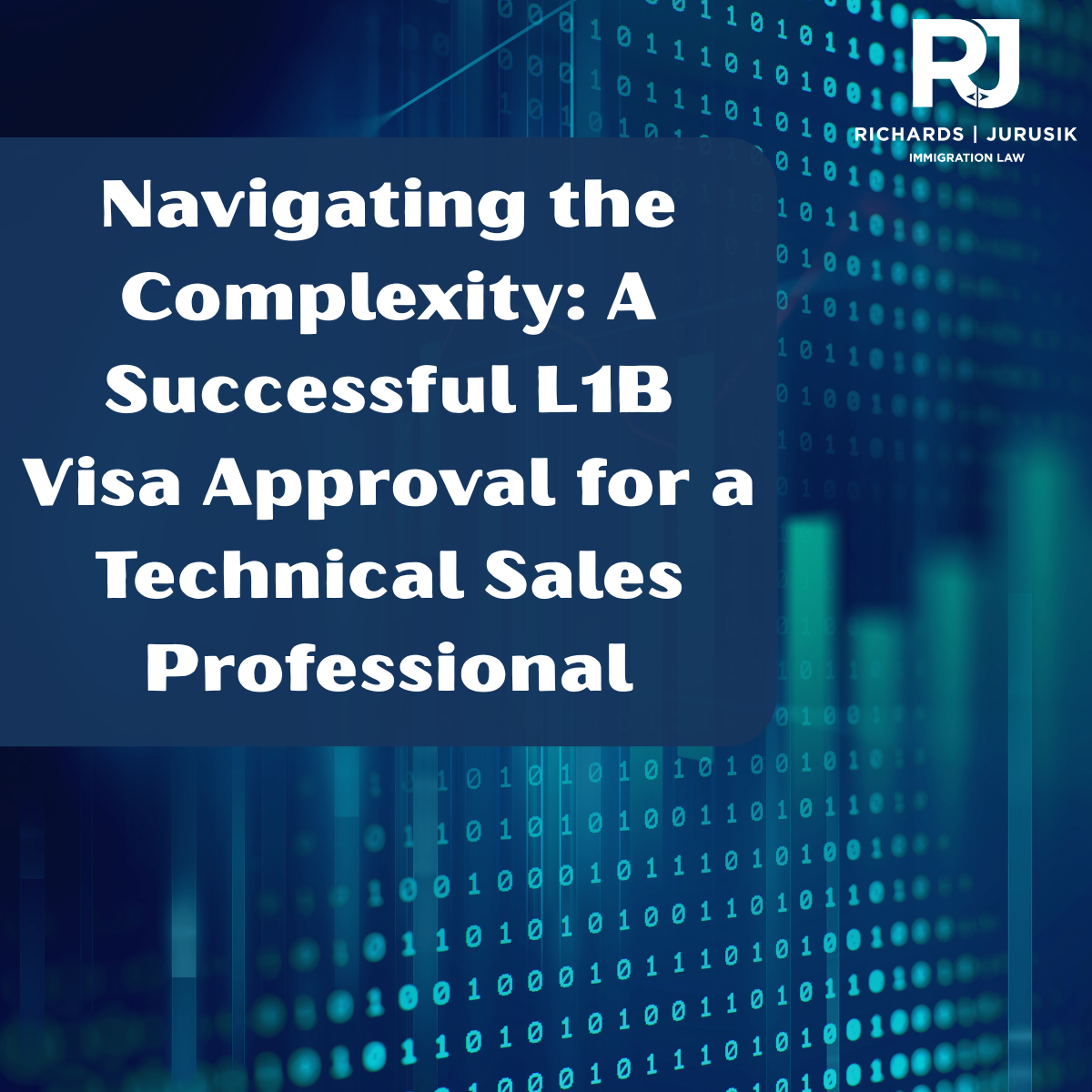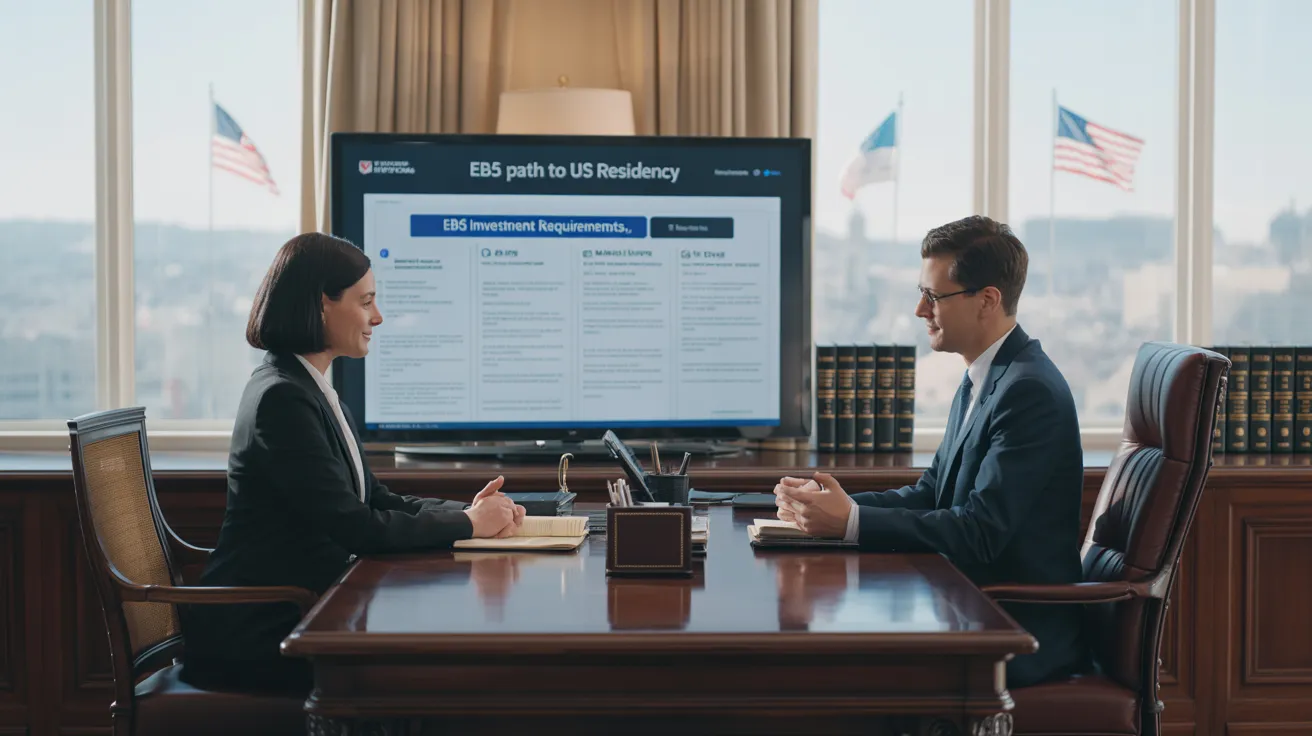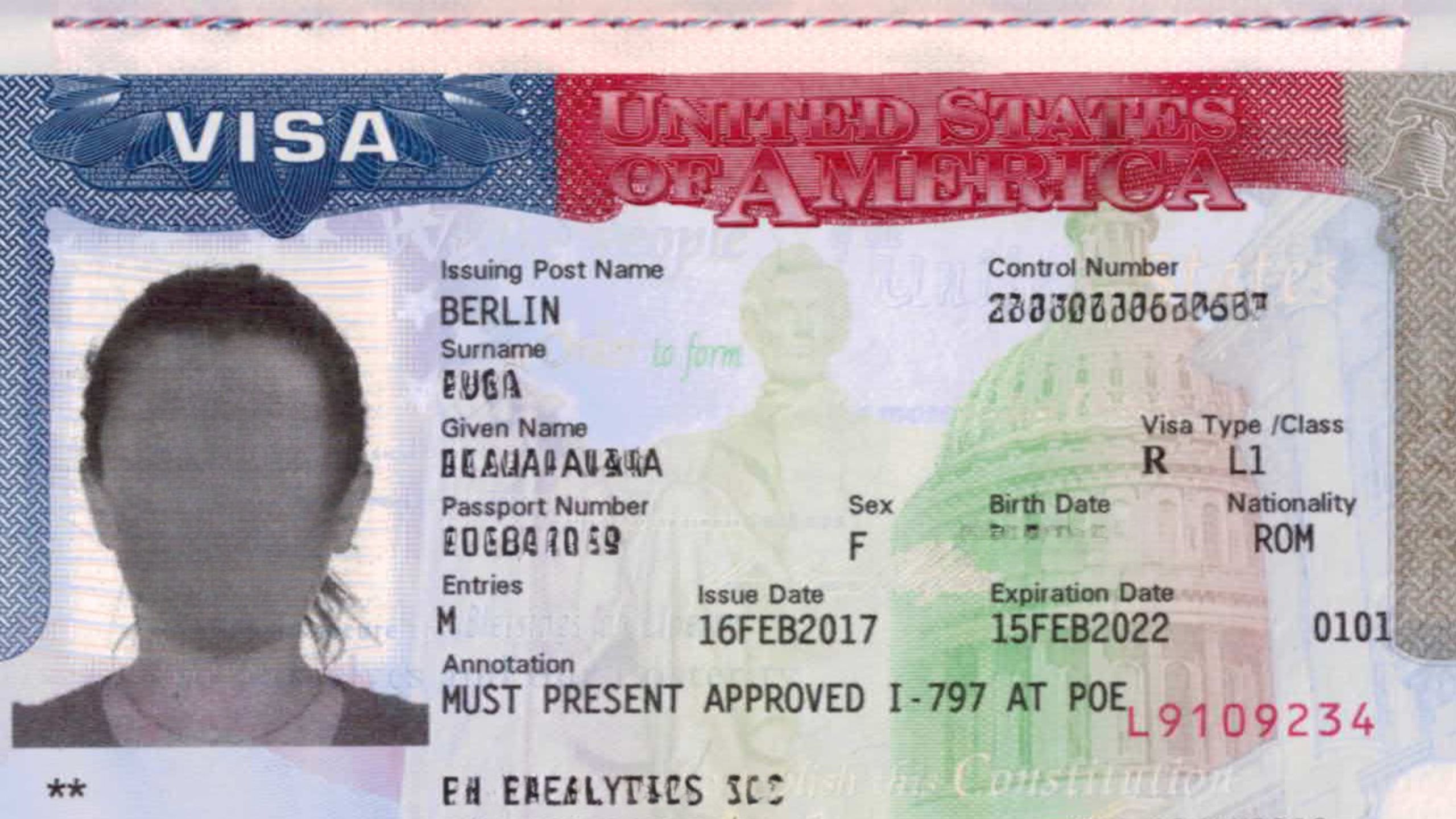Unknown Facts About L1 Visa
Table of ContentsAll about L1 VisaThe Of L1 VisaSome Ideas on L1 Visa You Need To KnowGetting The L1 copyright WorkL1 Visa Things To Know Before You BuyThe Facts About L1 Visa Uncovered
Available from ProQuest Dissertations & Theses Worldwide; Social Scientific Research Costs Collection. DHS Workplace of the Examiner General. Retrieved 2023-03-26.
United State Department of State. Recovered 2023-02-08. Tamen, Joan Fleischer (August 10, 2013).
The Main Principles Of L1 Visa
In order to be qualified for the L-1 visa, the foreign business abroad where the Beneficiary was used and the U.S. company must have a qualifying partnership at the time of the transfer. The various kinds of certifying partnerships are: 1.
Example 1: Firm A is incorporated in France and utilizes the Recipient. Company B is included in the united state and intends to petition the Recipient. Company An owns 100% of the shares of Business B.Company A is the Parent and Company B is a subsidiary. There is a certifying relationship in between the 2 firms and Company B must be able to fund the Recipient.
Business A has 40% of Business B. The staying 60% is had and regulated by Business C, which has no relation to Firm A.Since Company A and B do not have a parent-subsidiary connection, Company A can not sponsor the Beneficiary for L-1.
Instance 3: Company A is integrated in the united state and intends to request the Recipient. Firm B is included in Indonesia and employs the Beneficiary. Company A possesses 40% of Firm B. The continuing to be 60% is had by Business C, which has no relationship to Firm A. Nonetheless, Company A, by formal contract, controls and full manages Business B.Since Business An owns less than 50% of Company B but takes care of and manages the company, there is a qualifying parent-subsidiary connection and Company A can fund the Recipient for L-1.
The Best Guide To L1 Visa
Company B is incorporated in the United state
Some Known Questions About L1 Visa.

The L-1 visa is an employment-based visa classification developed by Congress in 1970, allowing multinational companies to move their managers, executives, or vital employees to their United state operations. It is frequently referred to as the intracompany transferee visa.

In addition, the recipient has to L1 Visa law firm have operated in a managerial, executive, or specialized employee placement for one year within the three years preceding the L-1A application in the international company. For new workplace applications, foreign employment should have been in a managerial or executive ability if the recipient is coming to the United States to work as a manager or exec.
The L1 Visa PDFs

If provided for an U.S. business operational for even more than one year, the initial L-1B visa is for approximately 3 years and can be expanded for an extra two years (L1 Visa). Alternatively, if the U.S. business is freshly developed or has been operational for much less than one year, the preliminary L-1B visa is released for one year, with extensions readily available in two-year increments
The L-1 visa is an employment-based visa group established by Congress in 1970, enabling multinational companies to transfer their supervisors, executives, or key employees to their United state operations. It is commonly referred to as the intracompany transferee visa.
Everything about L1 Visa
Additionally, the beneficiary needs to have worked in a supervisory, executive, or specialized worker setting for one year within the 3 years preceding the L-1A application in the international business. For new workplace applications, international employment must have been in a managerial or executive capacity if the recipient is pertaining to the USA to function as a supervisor or exec.
for up to seven years to supervise the operations of the U.S. associate as an exec or manager. If released for a united state firm that has actually been functional for greater than one year, the L-1A visa is originally approved for approximately three years and can be prolonged in two-year increments.
If given for a united state company functional for greater than one year, the first L-1B visa is get started for approximately three years and can be prolonged for an extra two years. Conversely, if the united state business is recently established or has actually been operational for less than one year, the first L-1B visa is issued for one year, with extensions available in two-year increments.